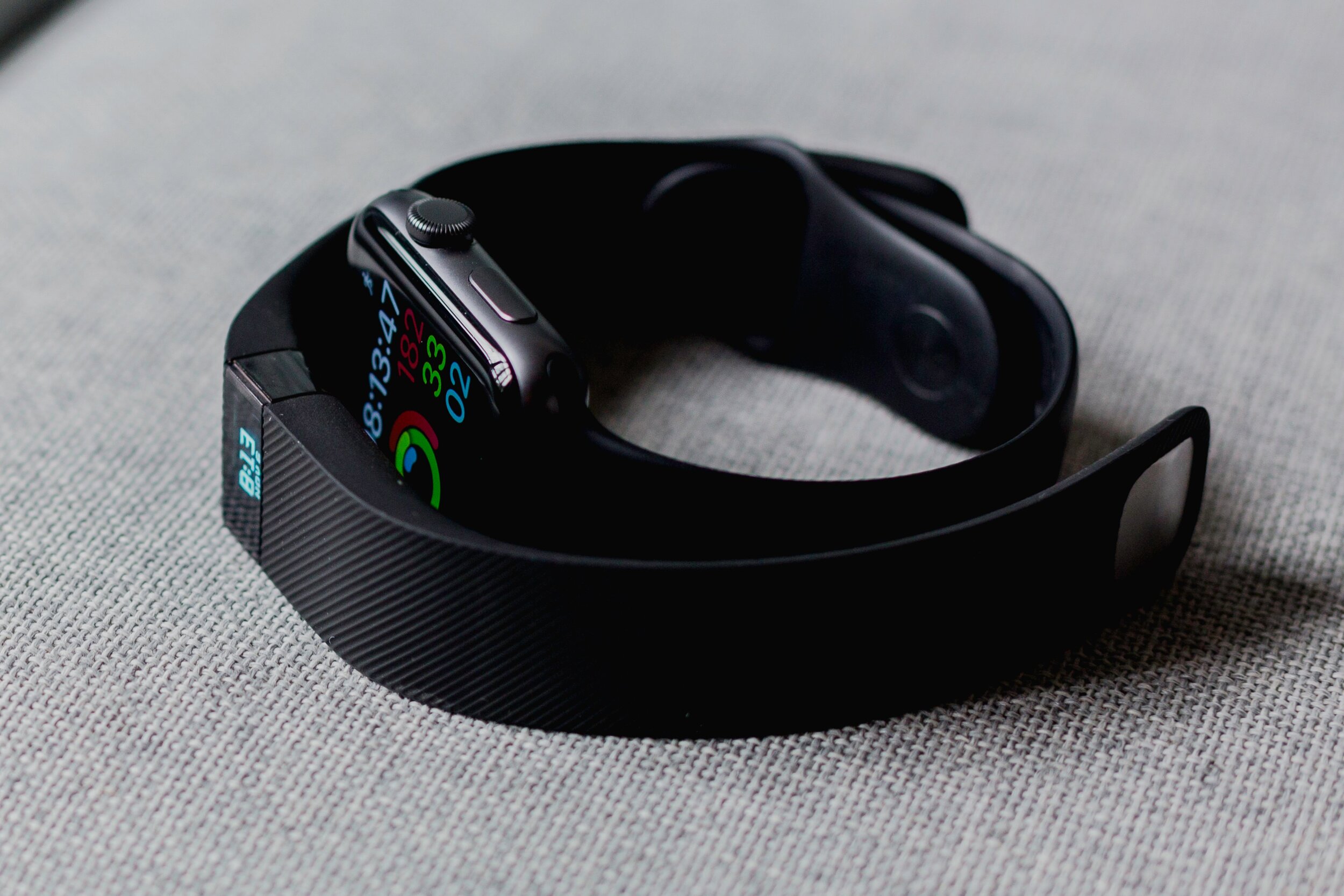Monitoring physical activity in older adult populations is useful for a variety of reasons. It can help to detect changes in physical activity levels over time, determine the effects of interventions, assess adherence to physical activity programs, quantify daily physical activity patterns, and motivate older adults to meet physical activity goals.
Consumer-grade activity monitors, like Fitbits, are a relatively affordable type of wearable technology that count steps and quantify other aspects of physical activity behavior. And, older adults generally accept activity monitors and find them helpful for motivation.
But, can step counts of older adults from commercial-grade activity monitors can be trusted?
The answer to this question has not been clear because the reliability (i.e., reproducibility) and validity (i.e., accuracy) of steps counts from consumer-grade activity monitors have not been evaluated extensively in older adults. Former APHL M.Sc. student Stephanie Maganja designed the STRIDES Study to address that gap.
Thirty-six older adult participants (53% female, mean age 71.4 years, 44% with a mobility limitation) completed four walking trials, of both short and long duration, while simultaneously wearing 6 different consumer-grade activity monitors – three monitors were worn around the wrist, and three were worn on the hip.
“We found that all of the monitors we tested undercounted steps in older adults, to varying degrees. Errors in step counting were larger when walking was interrupted, for instance by stopping and starting or slowing down to turn a corner, compared to when walking continuously,” said Dr. Dawn Mackey, the study’s principal investigator.
Reliability of step counts also varied quite a bit from one trial to the next, for five of the six activity monitors. The hip-worn Fitbit One, now an outdated model, was the only monitor that exhibited both high test-retest reliability and criterion validity.
The findings were similar for older adults who self-reported limitations in their mobility and those who did not, suggesting that older adults with a mobility limitation that does not require an assistive device can expect similar performance from activity monitors as older adults with self-reported intact mobility.
“We hope that our systematic method of evaluating activity monitors is useful to and can be adapted by other researchers who are planning future studies with commercial-grade activity monitors. It’s essential to evaluate the measurement properties of activity monitors in your study population” added Dr. Mackey.
Funding for this project was provided by NSERC and Simon Fraser University.
References

